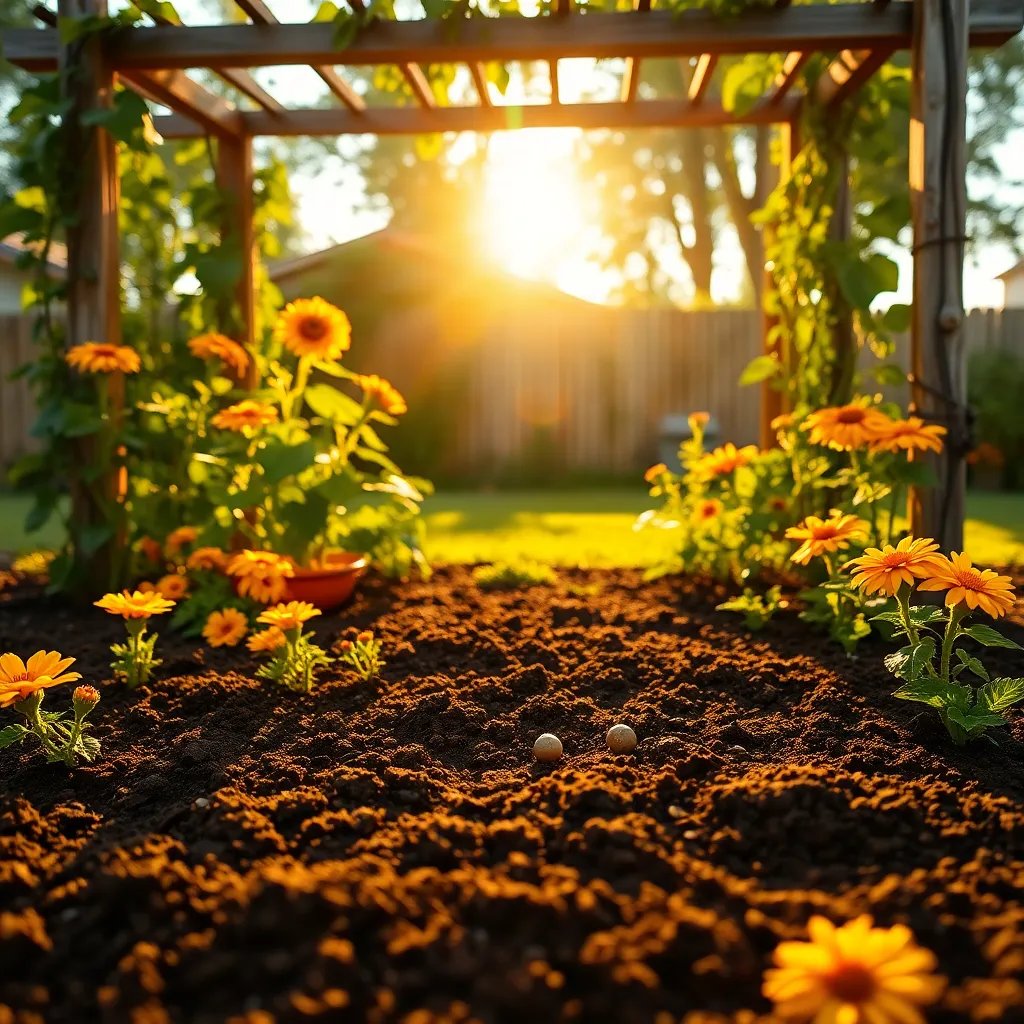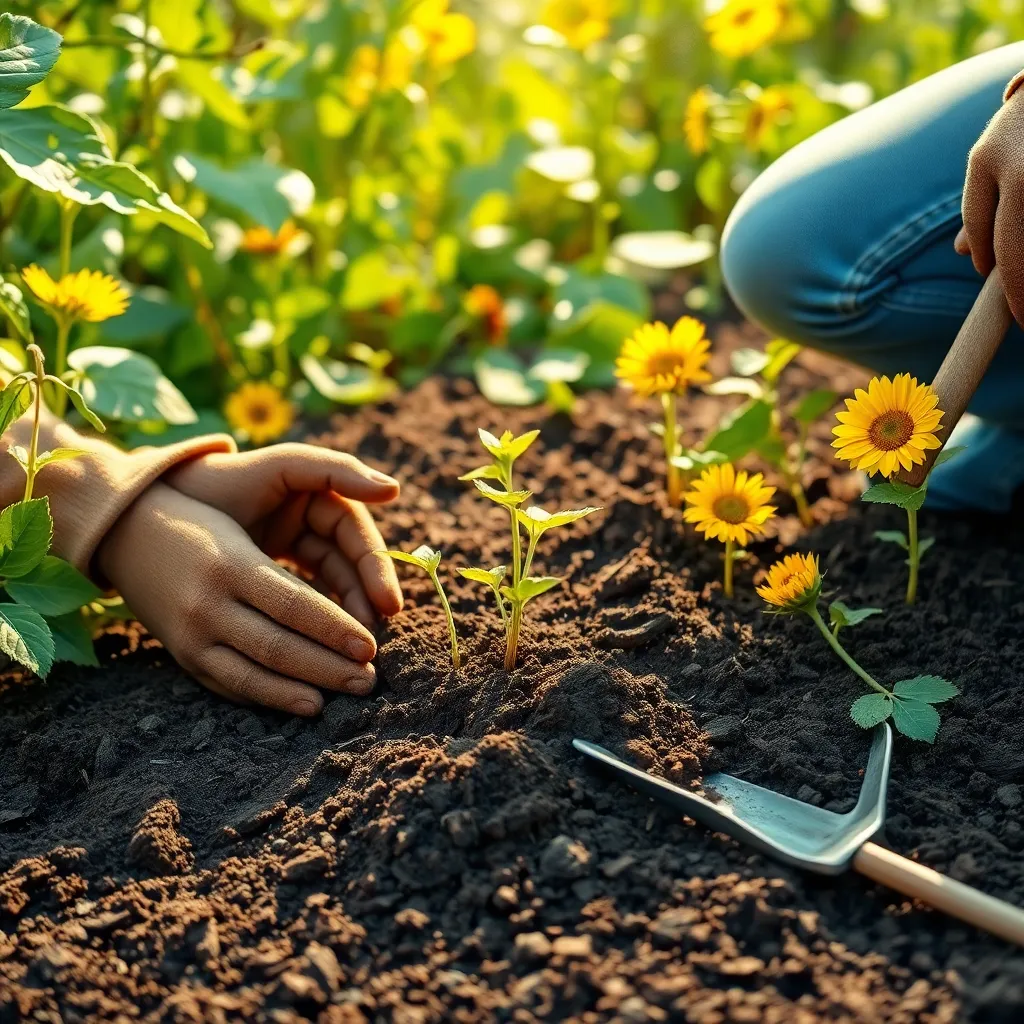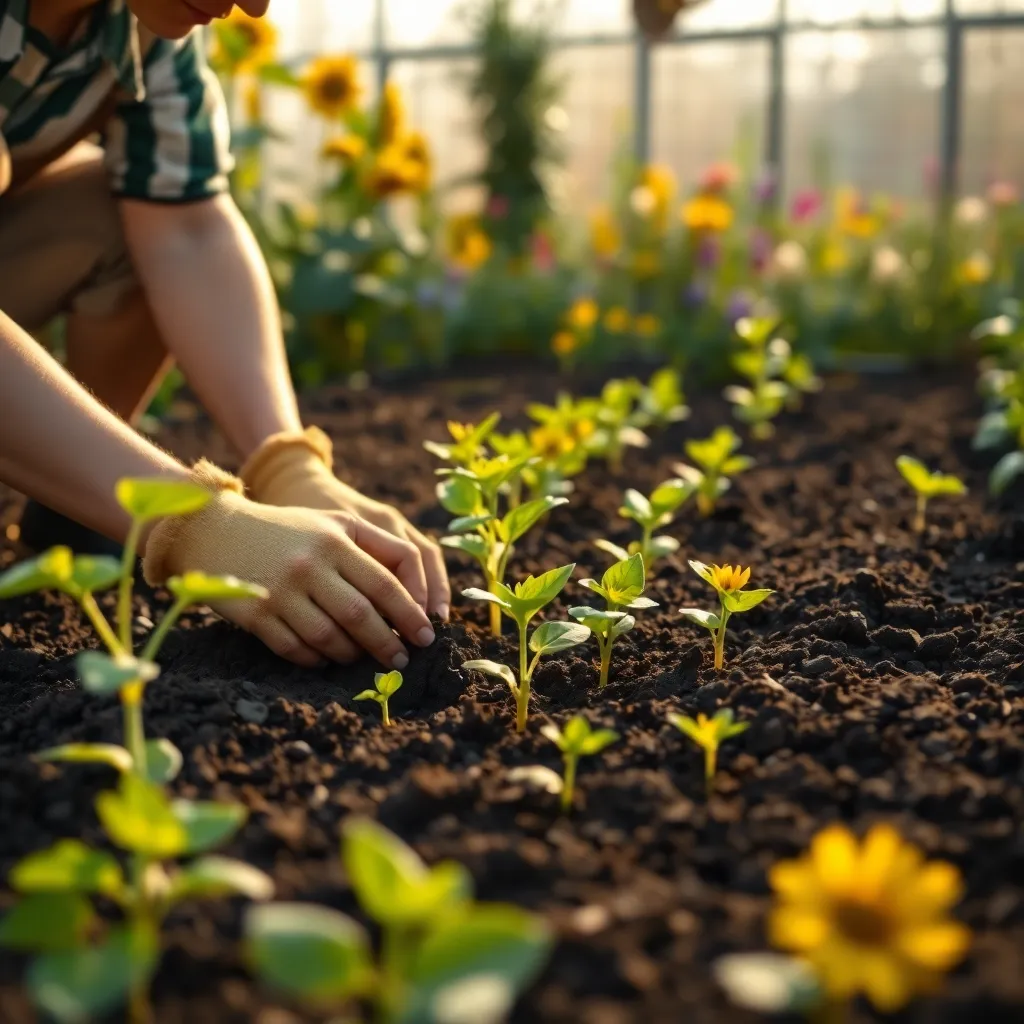Few plants capture the heart like the sunflower, with its radiant blooms and towering presence that can transform any garden into a vibrant tapestry of gold. Whether you’re a novice gardener eager to see your first seeds sprout or a seasoned green thumb looking for a new challenge, sunflowers offer a delightful journey from soil to sky. Their cheerful faces not only bring joy but also play a crucial role in supporting pollinators, making them a beautiful and beneficial addition to any garden.
In this article, you’ll discover the secrets to growing sunflowers successfully, from selecting the right variety to mastering the art of planting and care. We’ll guide you through each step, ensuring that your sunflowers thrive in their sunny spots, providing both a stunning visual display and a haven for bees and butterflies. By the end, you’ll feel empowered to cultivate these magnificent giants with confidence, ready to enjoy the warmth and wonder they bring to your outdoor space. Whether you’re cultivating a single row or a field of dreams, growing sunflowers will surely enrich your gardening experience.
Select a Sunny Location

When choosing a spot for your sunflowers, prioritize an area that receives at least 6 to 8 hours of direct sunlight each day. Sunflowers are heliotropic, meaning they follow the sun, so ample sunlight is essential for their growth and vibrant blooms.
Consider the soil quality in your chosen location, as sunflowers thrive in well-drained, nutrient-rich soil. To improve soil quality, mix in organic matter like compost or aged manure before planting.
Avoid planting sunflowers too close to structures or tall trees, which may cast shadows and limit sunlight exposure. Instead, choose an open area where your sunflowers can bask in uninterrupted sunlight, promoting robust growth.
For those with limited space, sunflowers can also be grown in containers. Ensure the containers are placed in a sunny spot and use a high-quality potting mix to support their growth and stability.
Prepare Well-Draining Soil

After selecting a sunny location, the next step is to prepare well-draining soil for your sunflowers. Sunflowers thrive in soil that allows excess water to escape easily, preventing root rot and promoting healthy growth.
Start by assessing your garden soil to determine its drainage capabilities. If your soil tends to retain water, consider incorporating materials like sand or perlite to improve drainage. Aim for a soil composition that balances moisture retention with efficient drainage.
For gardeners working with heavy clay soil, adding organic matter such as compost can make a significant difference. Compost not only improves drainage but also adds essential nutrients that sunflowers need to flourish. Mix in a generous amount of compost to loosen the soil and enhance its structure.
Testing the soil’s pH level can provide additional insight into its suitability for sunflowers. They prefer a slightly acidic to neutral pH, around 6.0 to 7.5. If necessary, adjust the pH by incorporating lime to raise it or sulfur to lower it. This ensures your sunflowers have the ideal growing conditions for robust blooms.
Sow Seeds in Early Spring

Early spring is the perfect time to sow sunflower seeds directly into your garden. The soil should be consistently warm, ideally around 50°F (10°C), to ensure successful germination.
Before sowing, loosen the soil to a depth of about 2 inches and remove any weeds or debris. This will provide the seeds with a clean, nutrient-rich environment to thrive.
Space the seeds about 6 inches apart to give each plant room to grow without competition. Cover them lightly with soil, about 1 inch deep, to protect them from birds and other pests.
Water the seeds gently to avoid washing them away, and keep the soil moist until germination occurs in 7 to 10 days. As the seedlings grow, continue to water them regularly, but ensure the soil is not waterlogged.
For gardeners looking to maximize sunflower height, consider adding a slow-release fertilizer when sowing. This will provide a steady supply of nutrients throughout the growing season, promoting taller and more robust plants.
Water Consistently and Deeply

Sunflowers need consistent and deep watering to thrive, especially during their early growth stages. Aim to keep the soil moist but avoid waterlogging, which can harm the roots.
For best results, water your sunflowers deeply once a week, allowing the water to soak down to the roots. This encourages the plants to develop strong, deep root systems, making them more resilient.
During particularly hot or dry spells, you might need to increase watering frequency to twice a week. Ensure that you water early in the morning or late in the afternoon to minimize evaporation and maximize absorption.
It’s important to consider soil type when planning your watering schedule. Sandy soils drain quickly and may require more frequent watering, whereas clay soils retain moisture longer, reducing the need for frequent watering.
Support Stalks as They Grow

To ensure your sunflowers grow tall and strong, it’s important to provide them with the right support as they develop. Sunflowers can grow to impressive heights, often exceeding six feet, and their heavy heads can cause the stalks to bend or break without proper support.
Consider using bamboo stakes or garden canes to support the stalks as they grow. Insert the stakes into the soil about 3 inches away from the plant’s base and gently tie the stalk to the stake with garden twine or soft plant ties.
As the sunflower continues to grow, adjust the ties to accommodate the increasing height and thickness of the stalk. This will ensure the plant can withstand strong winds and heavy rains without toppling over.
For gardeners dealing with particularly tall varieties or windy locations, you might find that creating a tripod of stakes around the sunflower offers additional stability. This technique can be especially useful for large sunflowers with multiple blooms.
Conclusion: Growing Success with These Plants
In nurturing relationships, much like growing sunflowers, patience and care are essential. This article explored five key concepts to cultivate thriving connections: understanding your partner’s unique needs, consistent communication, nurturing mutual growth, allowing space for individuality, and celebrating shared milestones. These principles are the fertile soil from which strong, lasting relationships blossom.
As an actionable next step, take a moment today to express gratitude to your partner for something they do or are, fostering an immediate sense of appreciation and connection. Remember, small acts of kindness can have a lasting impact.
To ensure these insights remain at your fingertips, bookmark this article now. Let it serve as a guiding light, reminding you of the small yet significant steps that nurture a flourishing relationship garden.
Looking forward, remember that the seeds of effort you plant today can yield a bounty of relational joy and success tomorrow. Embrace the journey of growth with optimism and intention, knowing that every nurturing moment brings you closer to the vibrant, resilient relationship you desire. Save this article as your go-to resource for relationship growth and inspiration, ensuring that the love you cultivate is as radiant as a field of sunflowers.
